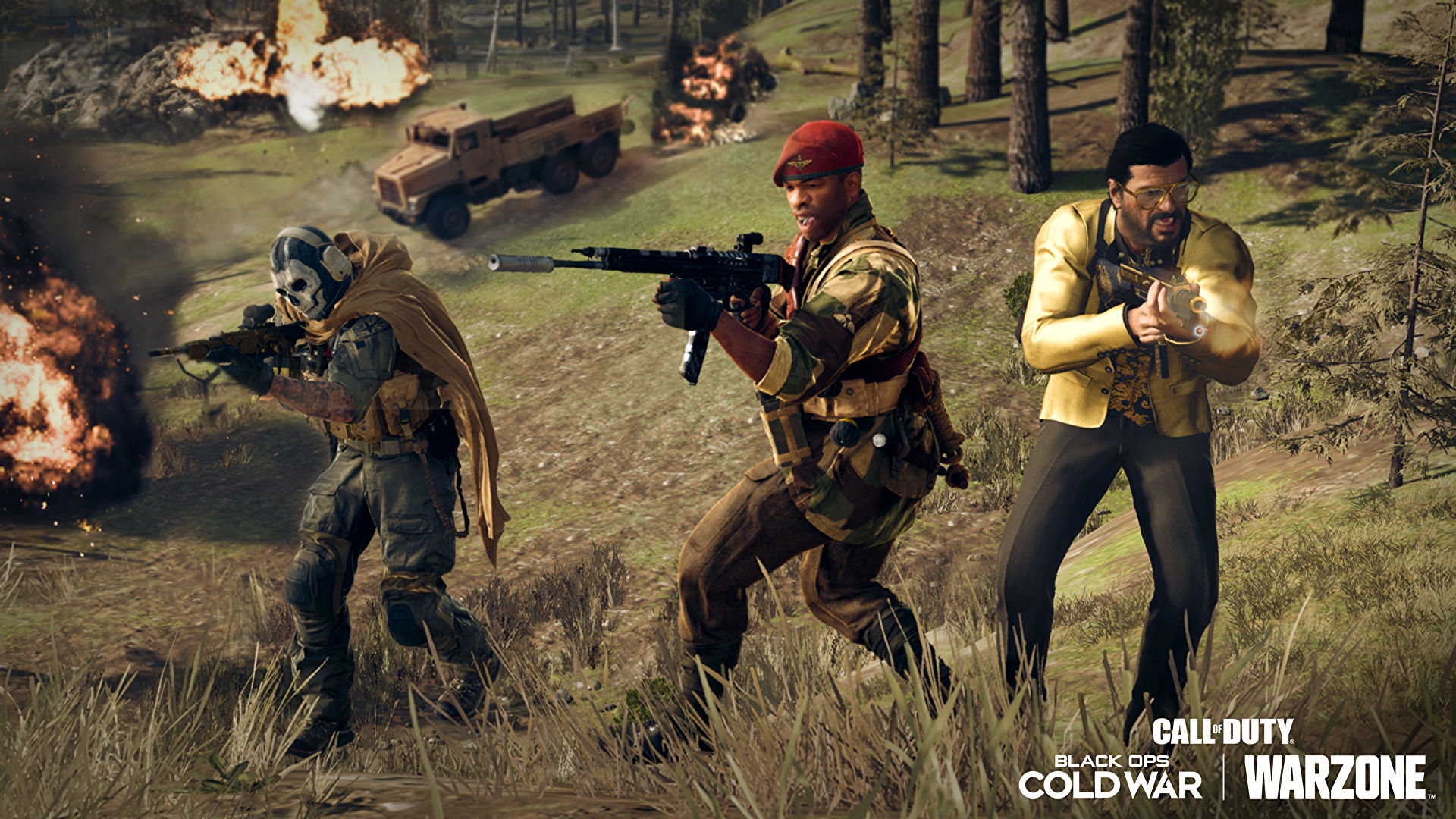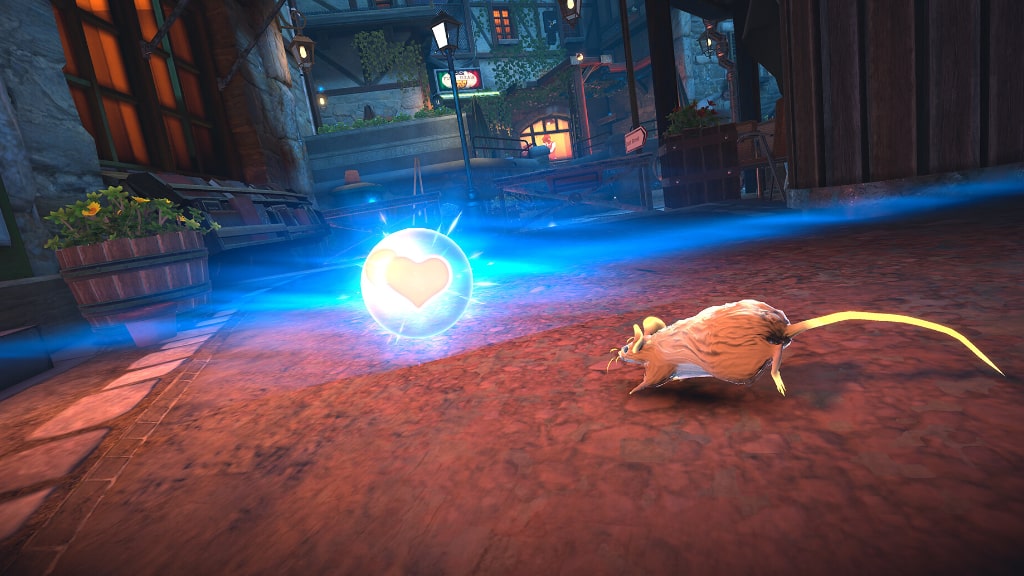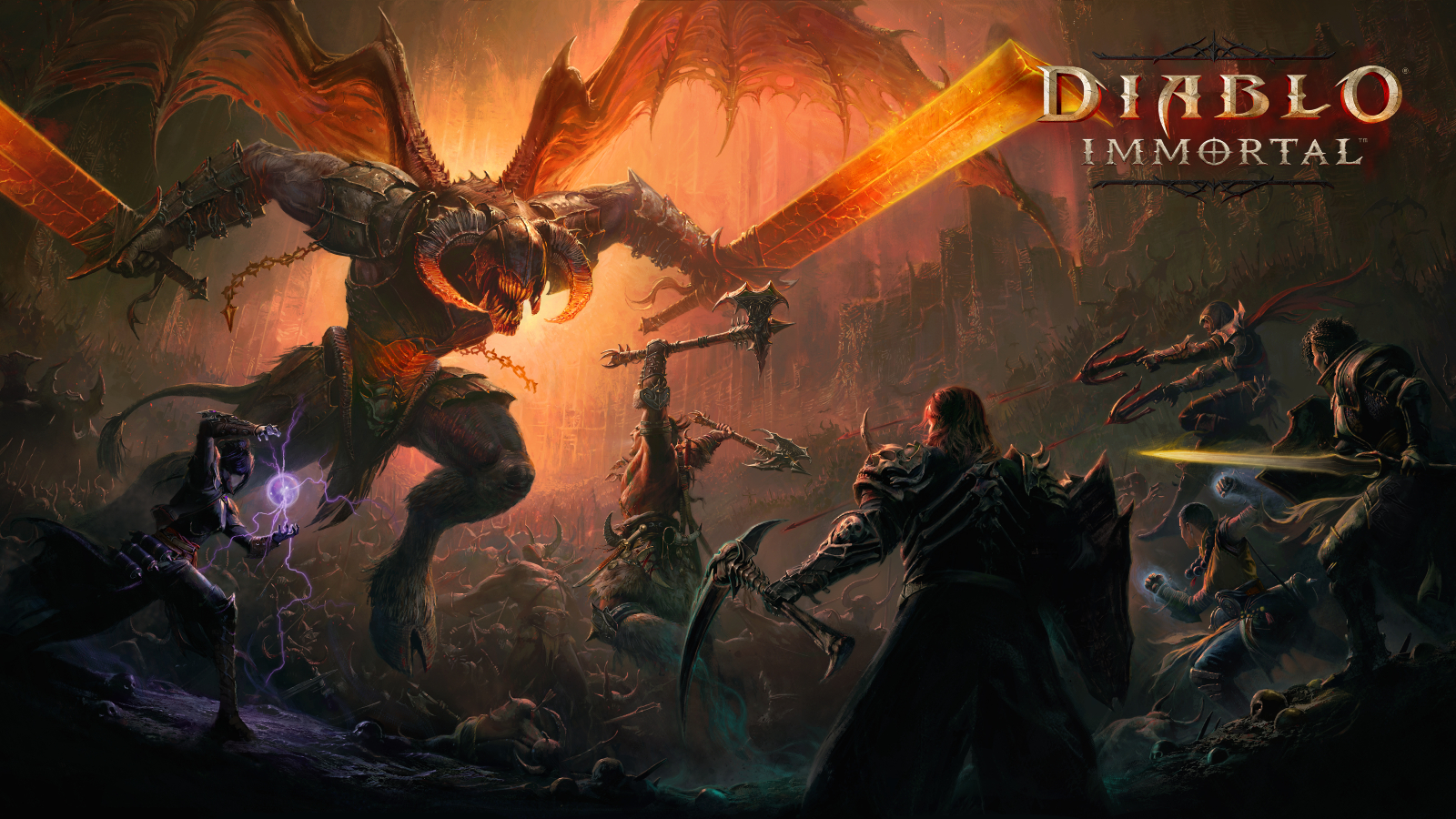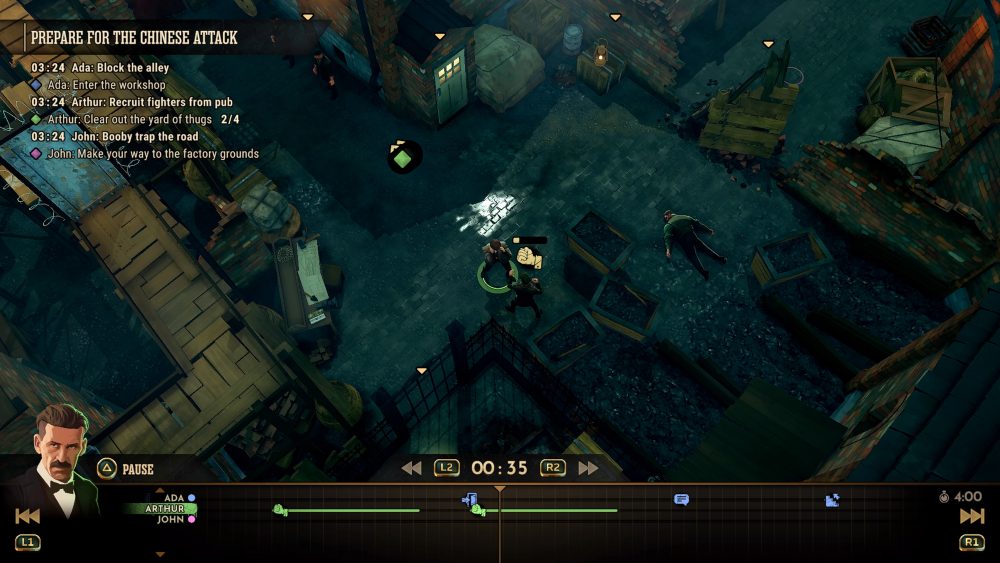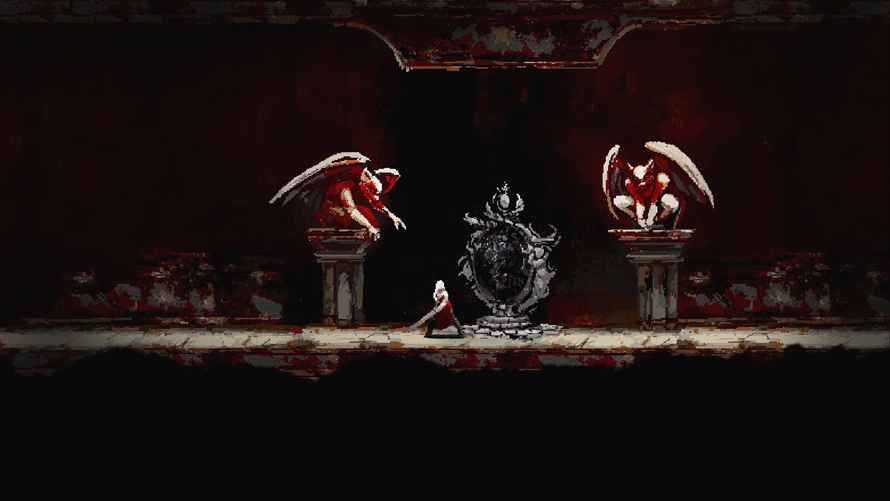
Moonscars Review
Call it what you will: Soulslike, Metroidvania, 2D action platformer, they all work equally well to describe Moonscars. Toss in opaque, occasionally frustrating, and consistently challenging and you’ll be getting closer to defining the new game from developer Black Mermaid. Let’s cap it off with grimdark and darkly beautiful.
We’ve Been Here Before
The flood of Soulslikes continues unabated. For fans of the genre like myself, that’s generally good news, the downside being there’s never enough time to play them all. Plus, games influenced by Dark Souls have varied widely in quality. It’s not surprising. Quantity means that only a few games rise to the top. Happily, there are lots of ways in which Moonscars stands out from the ever-growing pack.
The most immediate and striking thing you’ll notice about Moonscars is its beautiful art. It has a retro, 16-bit look that’s swimming in muted greys and browns, dripping with blood-red accents. Moonscars takes place in a world of crumbling castles, spike-covered walls, and disappearing platforms. It’s reminiscent of classic Castlevania, and like most Soulsborne games, there are lots of shortcuts and treasure-filled secret spaces. While the game’s map isn’t terribly easy to read, I rarely found myself lost or disoriented.

Speaking of presentation, while there’s plenty of written dialogue, there’s no voice acting, and the game’s music is spare but evocative. We’ll talk about combat a little later, but the game’s environmental, weapon, and spell sounds are likewise spartan and neither stand out or disappoint. At some point, I turned the music completely off, as it became repetitive in those sections I had to fight through multiple times.
The Heart of Moonscars: Combat
That brings us to the game’s combat and gameplay mechanics, which are thoroughly Soulslike, but a bit more complex. Your character wields a sword and has light/heavy attacks, a parry, a dash — the game’s version of rolling and dodging — and a jump. In place of a special attack, you have a secondary weapon with deadly, unique moves. There is a randomized selection from which to choose, but they cover the usual action RPG gamut of spears, hammers and the like. The secondary weapon effect can be a lifesaver, but it is often very slow and you are vulnerable to taking damage during the wind-up.

You will nearly always be attacked in groups of various enemies, most of which are fast-moving and mobile. Like in most Soulslikes, it’s easily possible to die to low-level trash mobs if you’re not paying attention to health. Having a special weapon attack that knocks enemies into spiked walls is crucial. One mechanic I found particularly difficult to master was the game’s parry, which blocks a hit and pushes the enemy back. The pixel art style sometimes works against clearly reading oncoming enemy attacks, making parry timing frustratingly hit-or-miss. At least for me.
Randomized, temporary buffs to healing time or chance of critical attacks — just to name a few — come via a mechanic called Spite, which you build up during combat. You can heal during combat, but to do so drains your Ichor meter. Ichor is replenished during combat and from items in the world. Healing is not instant, and the healing animation also leaves you open to attack and damage. The risk/reward of healing versus holding on to Ichor for special attacks adds yet another element to encounters.
Systems and More Systems
If it isn’t already obvious, Moonscars goes beyond most Soulslikes when it comes to systems and mechanics. Depending on your tolerance for opacity, this can make the game feel deep or obtuse. The basic currency is bone dust, which you use to level up skills and buy consumables. Naturally, you lose your bone dust upon death. You have Ichor that powers your special attacks and healing, and you collect glands from bosses and other powerful enemies. Glands allow you to perform a Moon Rite. When you die before you can reach your grave and recover your bone dust, enemies actually become stronger, a nice little kick in shorts if you’re already failing. The Moon Rite cancels this effect. Until you die again on a corpse run.
Moonscars’ version of bonfires are Dark Mirrors, which serve as spawn points and a portal to the Moonforsaken Workshop, something like a hub area or home base. In a cruel twist on the Soulslike formula, though, activating a Dark Mirror essentially re-sets your character’s abilities (called a Mould) unless you defeat a doppelgänger and restore them. In Moonscars, even the spawn points come at a cost.
FromSoftware’s games often have poignant stories that are told through cryptic dialogue and environmental clues. Taking this approach to narrative as a guide, Moonscars’ story is pretty obtuse. You play as Grey Irma, a Clayborn, or warrior crafted by the master Sculptor. The narrative revolves around Grey Irma finding her creator and coming to understand her existence. Or something. The story is told with a nearly humorless earnestness and over-written dialogue that’s heavy in portent. In Soulslike tradition, I largely ignored the narrative and focused on the action.
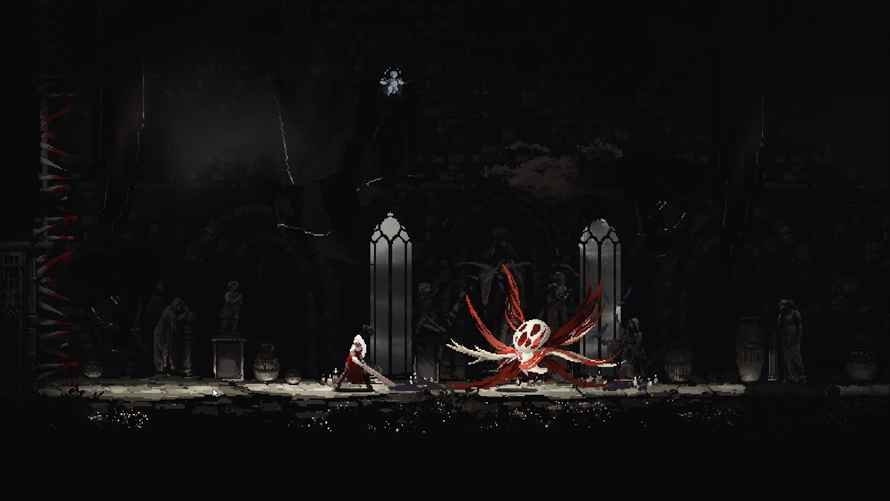
Rising to the Top or Getting Lost in the Pile
Moonscars is a beautiful, grimdark homage to the Soulsborne genre, with engaging art and challenging action. Not everything is well explained, and both the game’s narrative and mechanics can feel unnecessarily opaque. It takes some time and effort to master Moonscars’ combat and systems, but the effort is worth the reward. It can be punishing, but only rarely feels unfair, and it’s one of those games that will probably compel you to keep inching forward.

